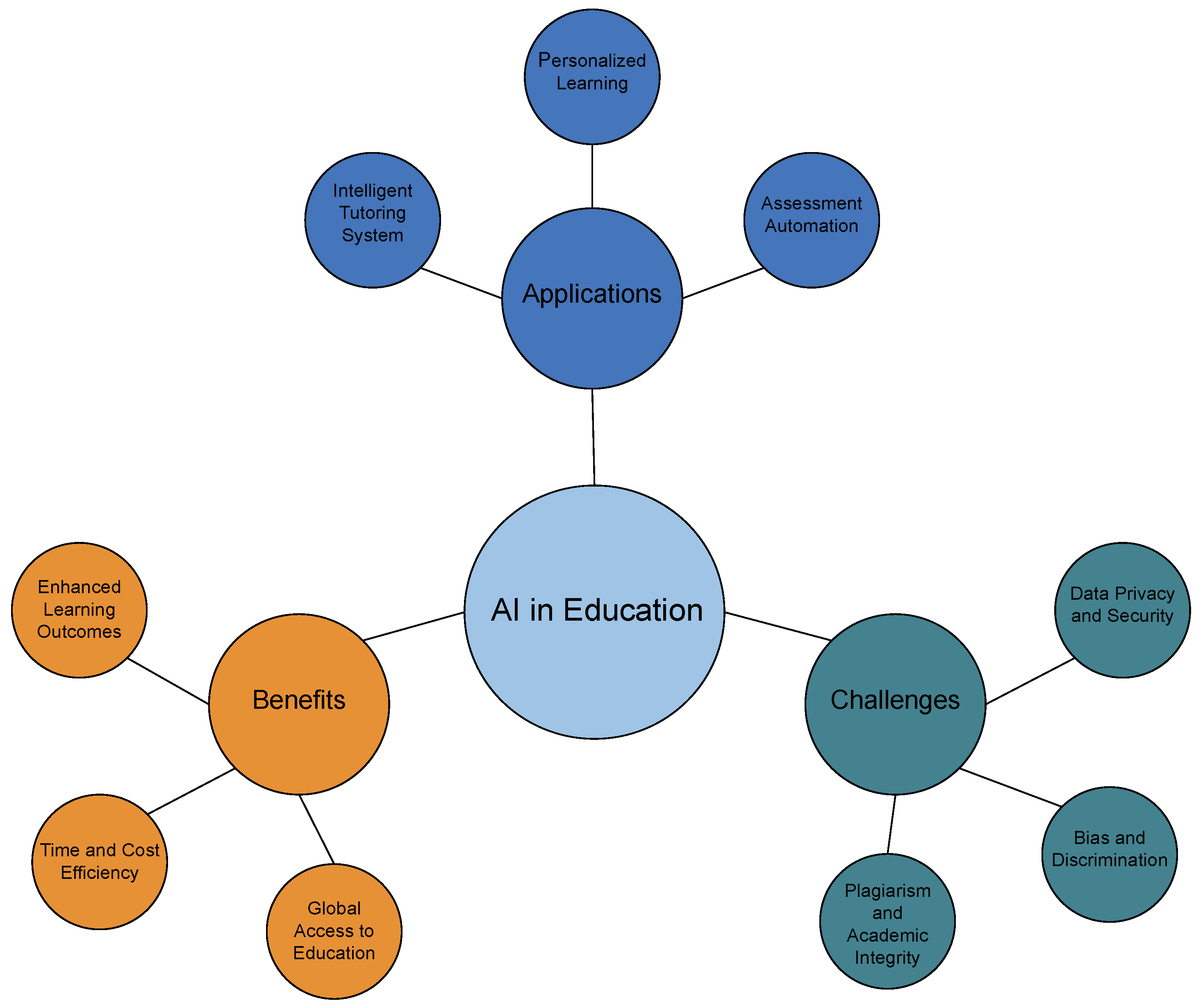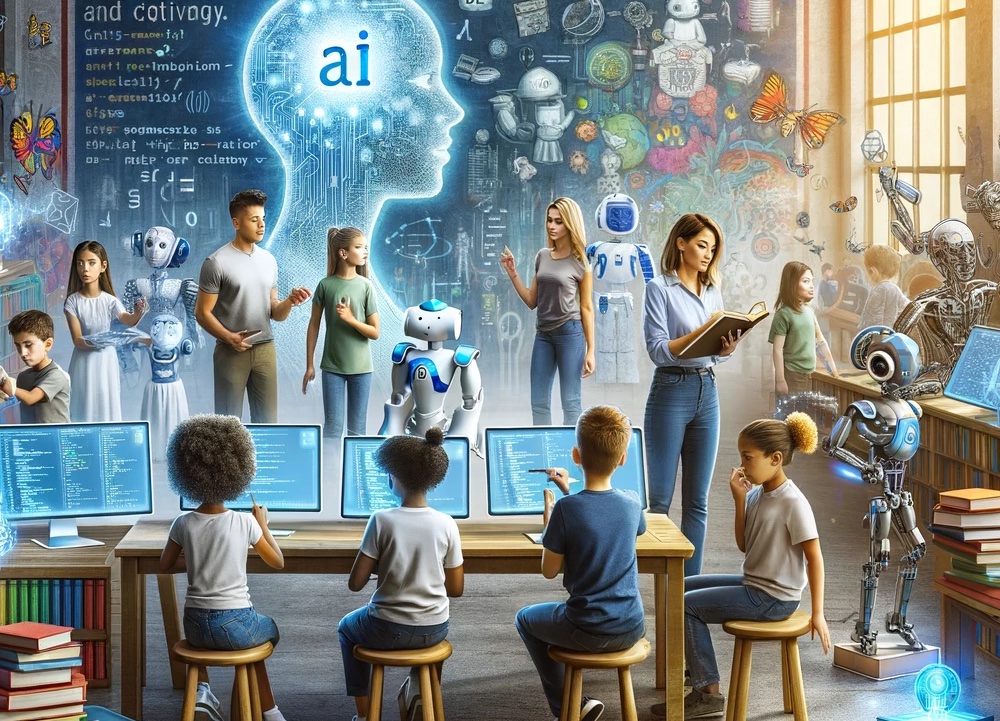5 AI Back-To-School Steps For Educators Exploring ChatGPT
As educators gear up to head back to school, the integration of AI technologies becomes increasingly prominent. Tools like ChatGPT and Google Gemini are opening new avenues for both teachers and students to explore. While some educators are enthusiastic about the possibilities AI brings, others are wary of the challenges it poses. Amidst this mix of perspectives, one thing is clear - AI is here to stay.
Embracing AI as an Educator
In part one of this series, we delved into the initial steps educators can take to embrace AI in the classroom. Now, let's push further and uncover five key insights from educators who are at the forefront of incorporating AI into their teaching practices. These insights aim to empower educators to leverage AI effectively and enhance the learning experience for their students.
Part one of this article sheds light on the foundational aspects of integrating AI in education.
1. Cultivate AI Literacy
Simply being tech-savvy is no longer sufficient; educators need to be AI-savvy. Developing critical thinking skills is crucial to navigate the evolving digital landscape effectively. As Matthew Wemyss advocates, it is essential to teach students how to use AI practically, responsibly, ethically, and wisely.

Harriet Benbow emphasizes the importance of teaching critical thinking skills, highlighting that not all content generated by AI is accurate. In a world where misinformation abounds, the ability to critically evaluate information becomes a valuable skill.
2. Prioritize Data Privacy
Amidst the excitement surrounding AI adoption, safeguarding student data is paramount. Nicole A. Bond underscores the significance of prioritizing student privacy and security. Before implementing any new AI tool, ensure that robust data protection measures are in place and collaborate closely with your school's IT and data protection teams.
Georgia Maneta echoes this sentiment, stressing the importance of protecting students' personal data in the era of AI-driven technologies.
3. Personalize Learning with AI
AI presents opportunities to provide personalized learning experiences at scale. Daniela Tîrnovan advocates for leveraging AI-powered tools to offer real-time feedback and tailor teaching approaches to individual student needs. By integrating AI tools that align with your teaching style and curriculum, educators can amplify their impact in the classroom.
4. Human-Centric Teaching
While AI offers numerous benefits, educators must remember that human connections are irreplaceable. Aaron Maurer reminds us that empathy, passion, and the ability to inspire are qualities that no AI technology can replicate. Heather Lister reassures educators that utilizing AI is a choice, and one's value as a teacher is not diminished by opting not to use AI tools.

5. Foster Continuous Learning and Collaboration
In the rapidly evolving landscape of AI in education, continuous learning and collaboration are essential for staying ahead. Bernadette Doherty advocates for a community approach, encouraging educators to share insights and grow collectively. Trey Conatser emphasizes the value of seeking community support and engagement with fellow educators.
Selen Erkan suggests staying informed by following reliable newsletters and experts in the field, emphasizing the importance of ongoing education in the realm of AI.

By following these five AI back-to-school steps, educators can not only adapt to the digital transformation but also thrive in leveraging AI to enhance the learning experience for their students.
If you missed part one of this article, click here to access it directly.




















